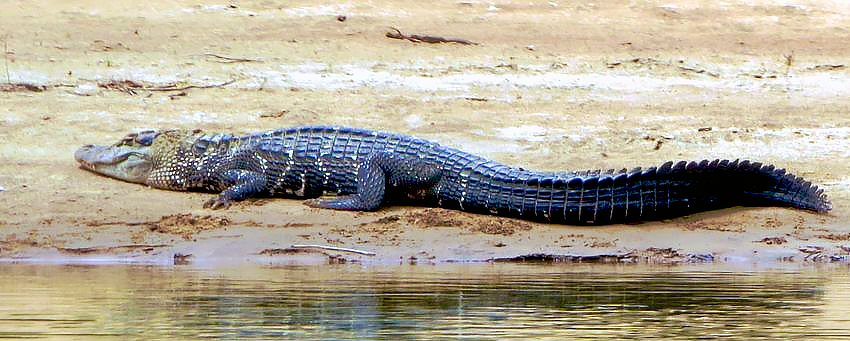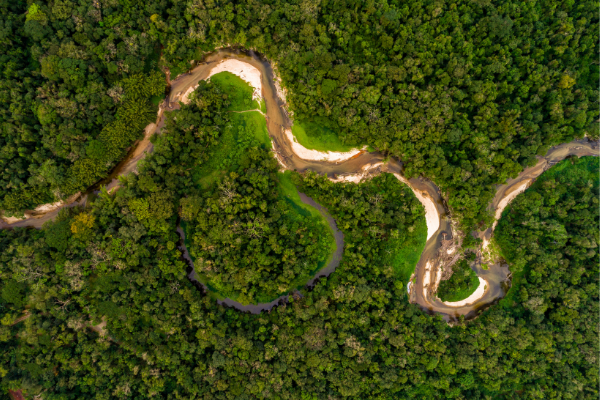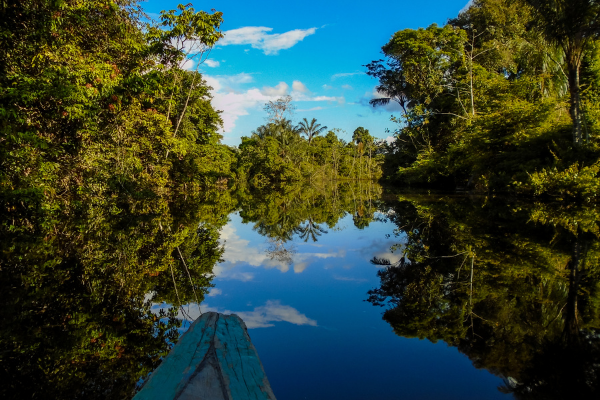COLOMBIA
Amazon Adventures
By Benning Alexander Rojas-Kerbow
Colegio Nueva Granada | Bogotá, Colombia
Many of you have probably already heard of the Amazon Rainforest, the world’s biggest rainforest and most biodiverse region. The Amazon forms a large part of the nation of Colombia, making up approximately 35 percent of the country. It is home to some of the most beautiful and exotic animal and plant life in the world, with hundreds of tributaries and 2.1 million square miles (5.5 square kilometers) of land. The most well-known inhabitants of the Amazon are iconic in many different ways:
- jaguars
- sloths
- spider monkeys
- pink dolphins
- toucans
Plants like orchids and cacao also thrive in its climate. Experts estimate that some 400 Indigenous tribes live in the rainforest.
Amazonian Activities
The Amazon is part of three countries:
- Brazil
- Peru
- Colombia
It contributes to their economies, providing land, resources, and opportunities for tourism. Projects that extract oil and natural gas bring revenue but also pose threats to conservation.
Tourists can choose from many resorts along the river, taking tours offered by locals. The Amazon is open every day as there are no off-seasons. The weather is a constant loop of rainy, humid, and warm, with temperatures between 23℃ and 30℃ (68℉ and 86℉).
Many people love the Amazon for its exotic location as well as biodiverse animal and plant life. Excursions that include physical activity range from hiking to rock climbing to canoeing in the river.
Welcome to the Jungle
Even though it’s a great destination for tourists wanting a unique adventure, the Amazon is still a hazardous jungle environment. Encountering these animals might leave unpleasant memories:
- poison dart frogs that can kill with just a touch
- the largest species of spider in the world, capable of eating a bird
- bullet ants whose sting feels like being shot
- piranhas that will chomp on tourists’ toes
- black caimans that weigh up to 800 pounds

Have a suggestion for this story? We’d love for you to submit it!


Blank
Blank
Math Resources
- Related Rates: A tourist is 100 meters away from a tall tree perfectly perpendicular to the ground. She sees that a monkey is climbing up this tree at a rate of 3.5 meters per second. At the instant when the monkey is 15 meters up the tree, how fast is the distance between the tourist and the monkey changing?
- Position, Acceleration, Velocity: The position of a crocodile moving through the Amazon River is given by the function x (t ) = 5sin (3t ) — cos (2t ), where t is a function of time. Find the acceleration of the crocodile at t = 7.
- Derivative Rules: The jaguar is running after its prey, expressed by the function

where t is a function of time. What is the instantaneous rate of change of the jaguar’s speed at t = 4?
Social Justice Question
Deforestation of the Amazon makes the rainforest less able to store carbon dioxide for cooling the planet. Trees are being cleared at an alarming rate in order to meet the world’s demand for cattle and soybeans. In your opinion, who is responsible for conservation of the Amazon Rainforest? Why do you think that?
Explore Further
- Facts for kids
- Article about what makes a rainforest
- News article about deforestation
- Video about animals of the tropical rainforest
Share Your Story
Write your own Global Math Story and send it to us!
Sorry, the comment form is closed at this time.